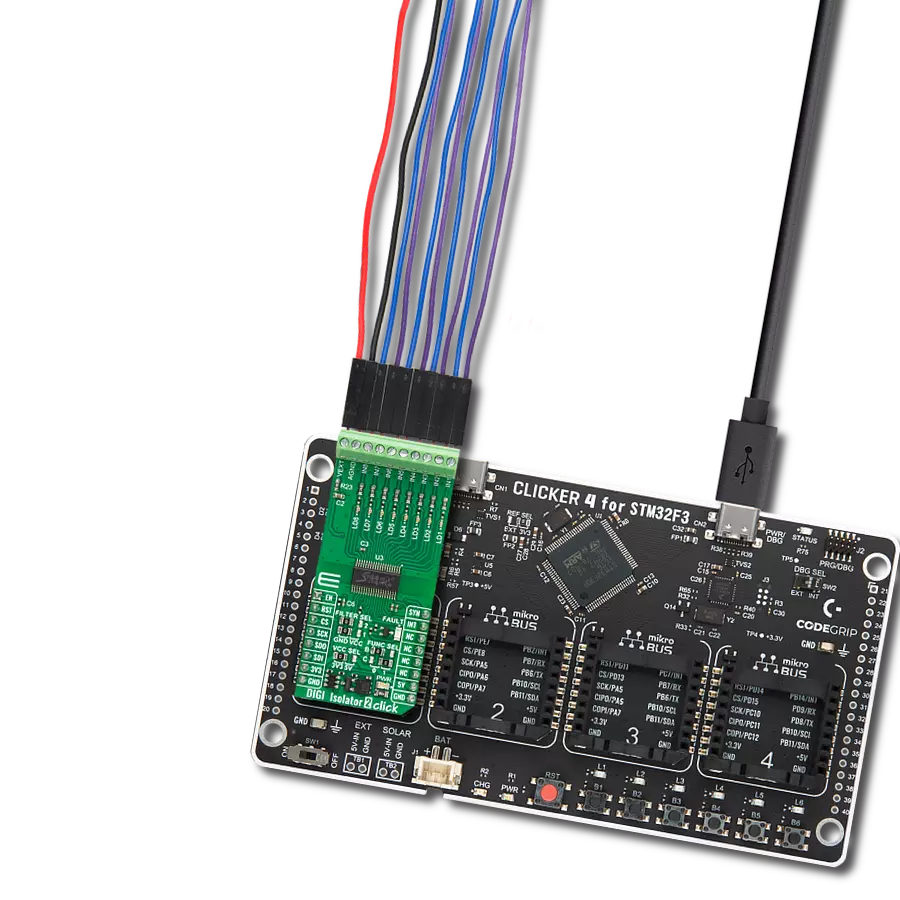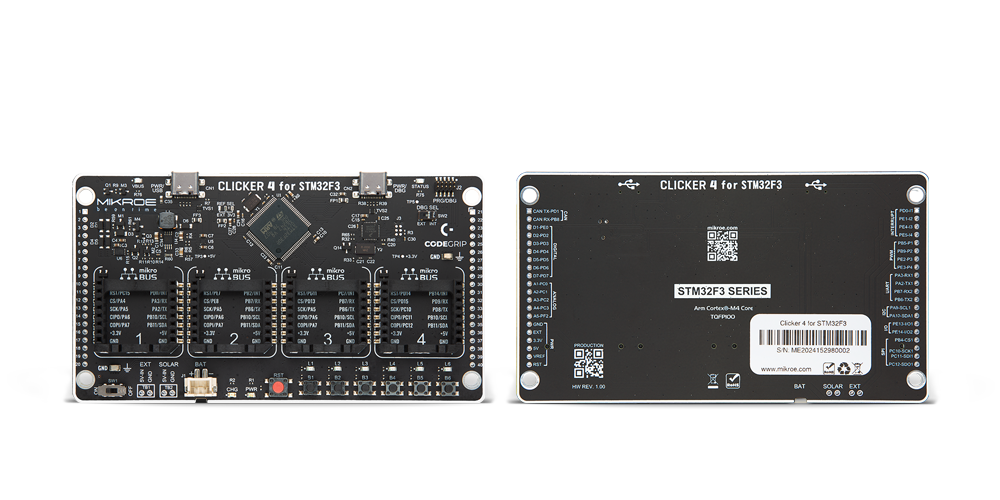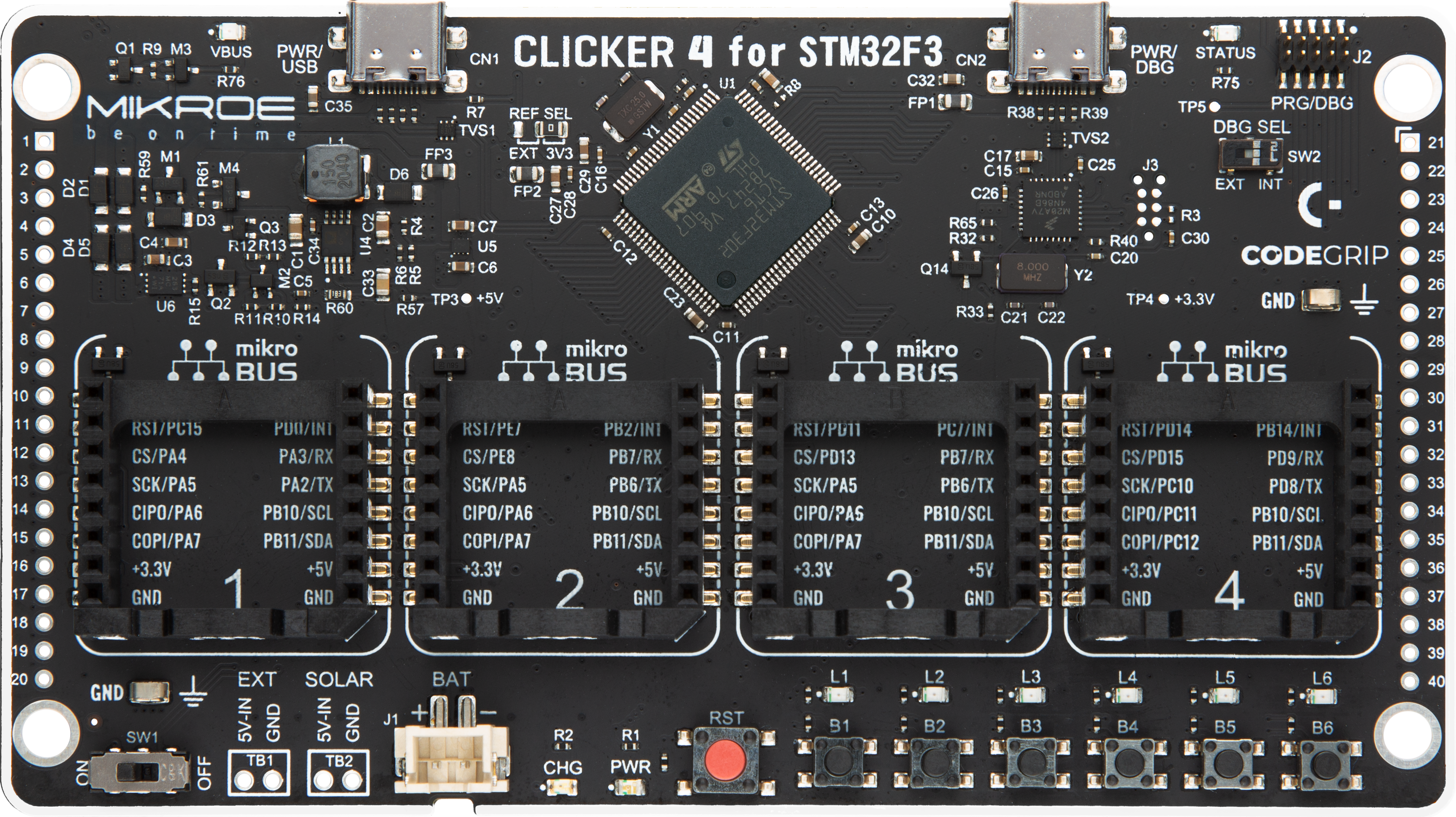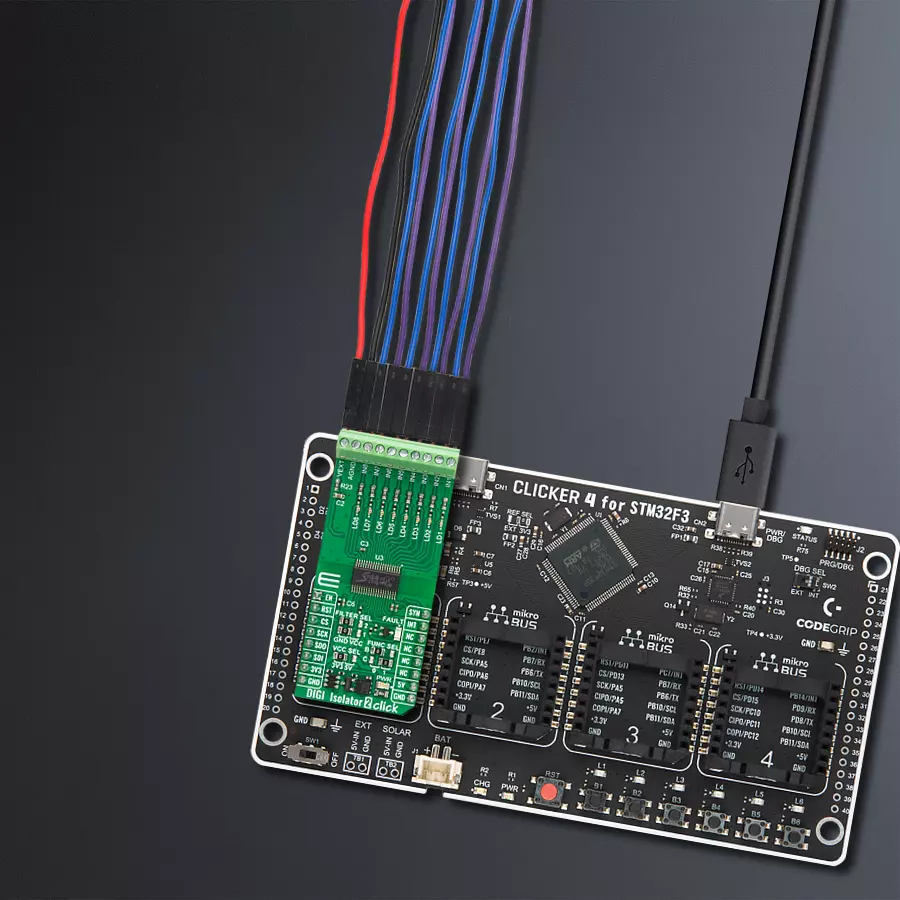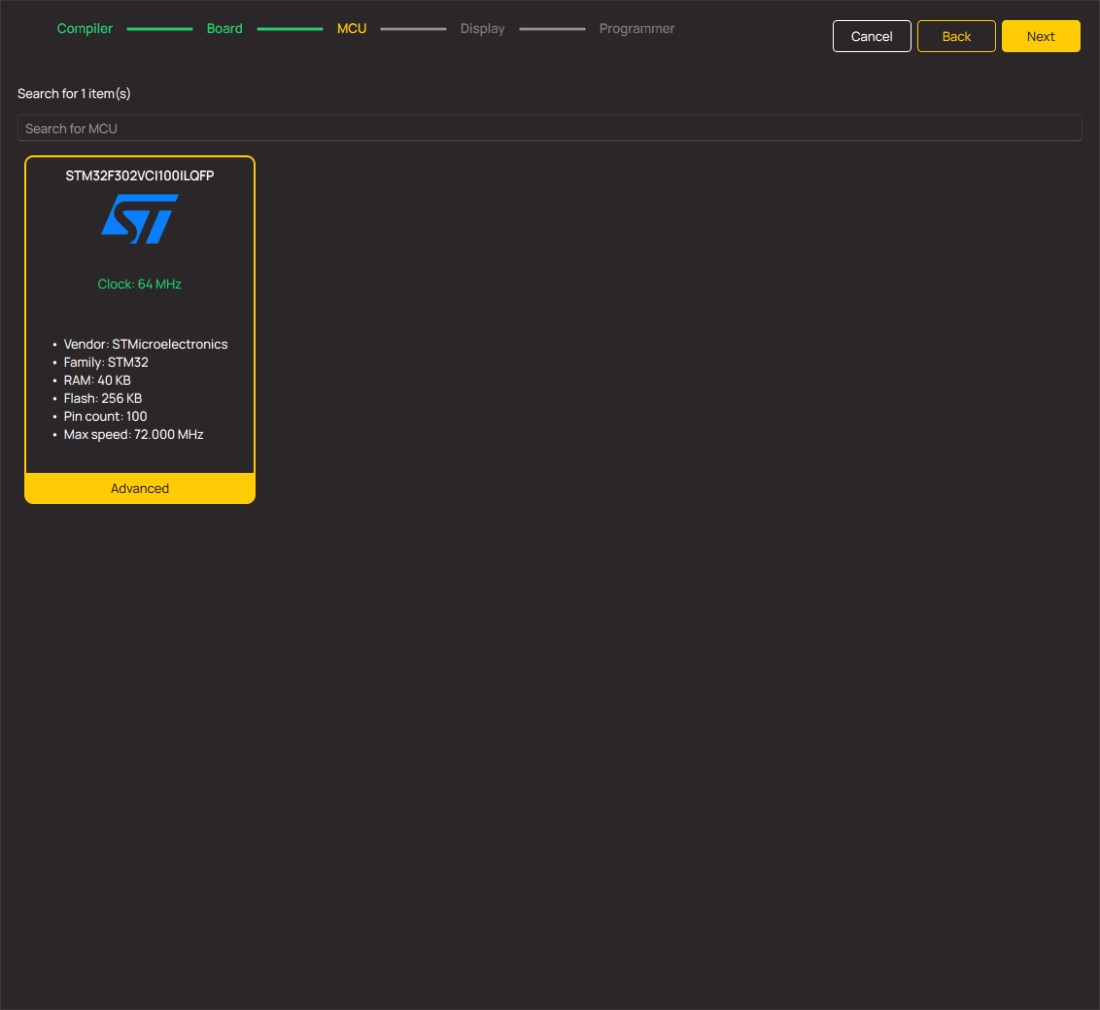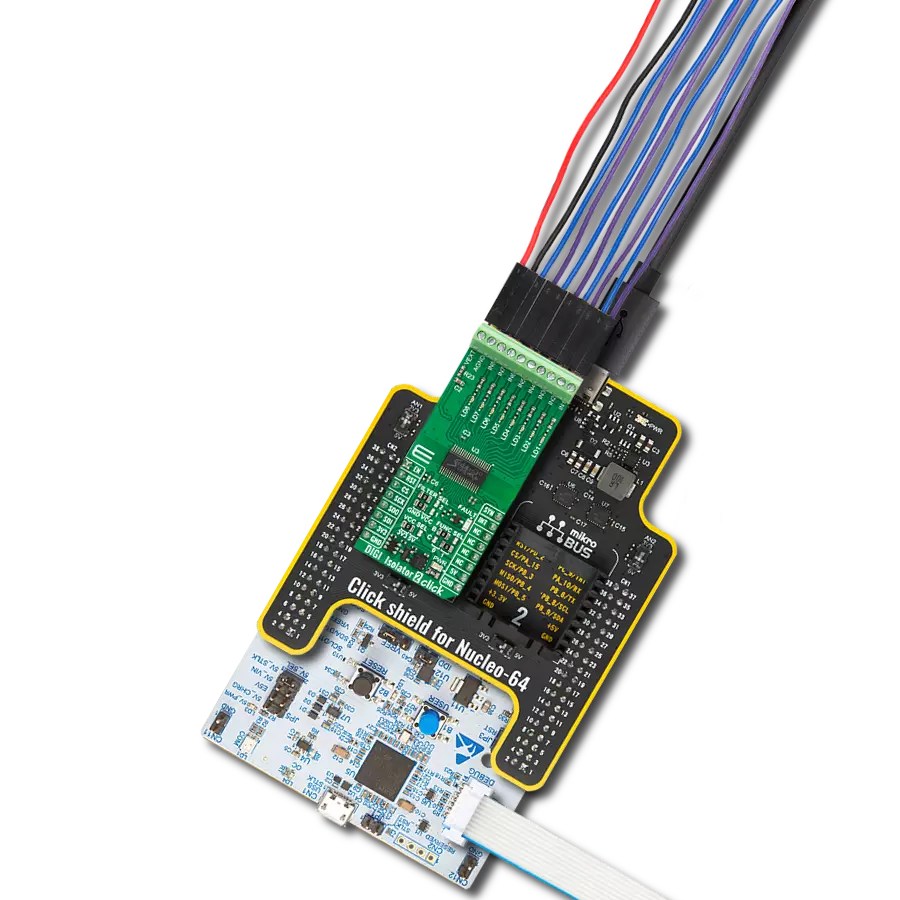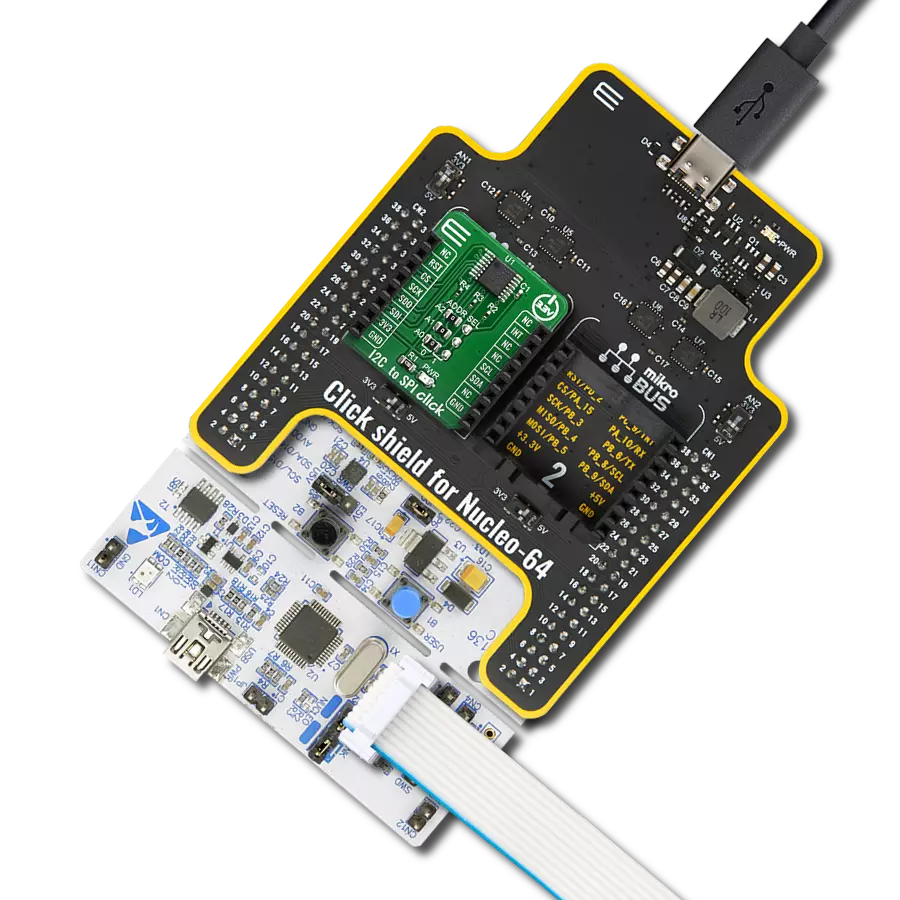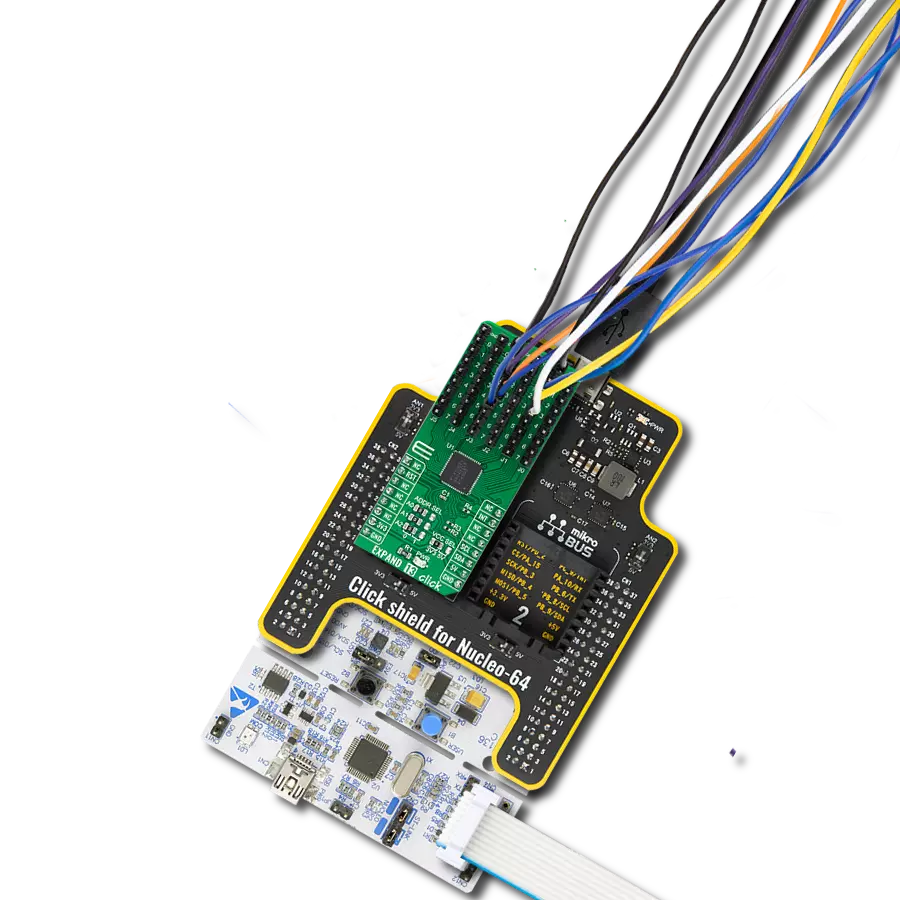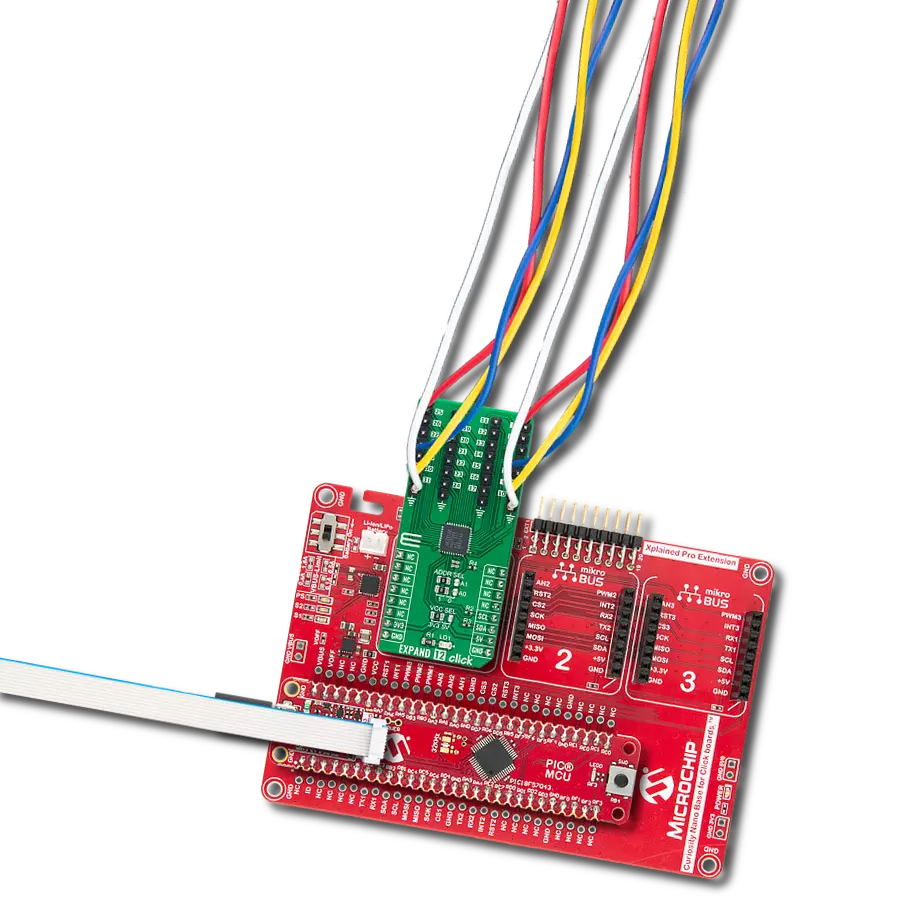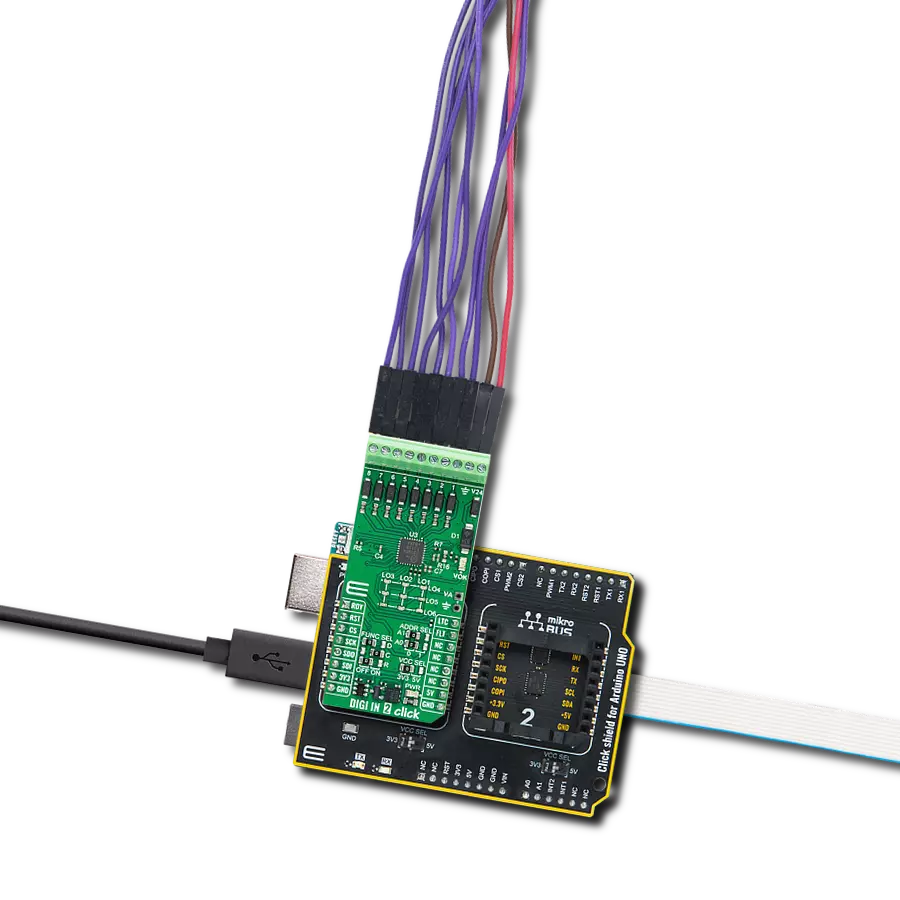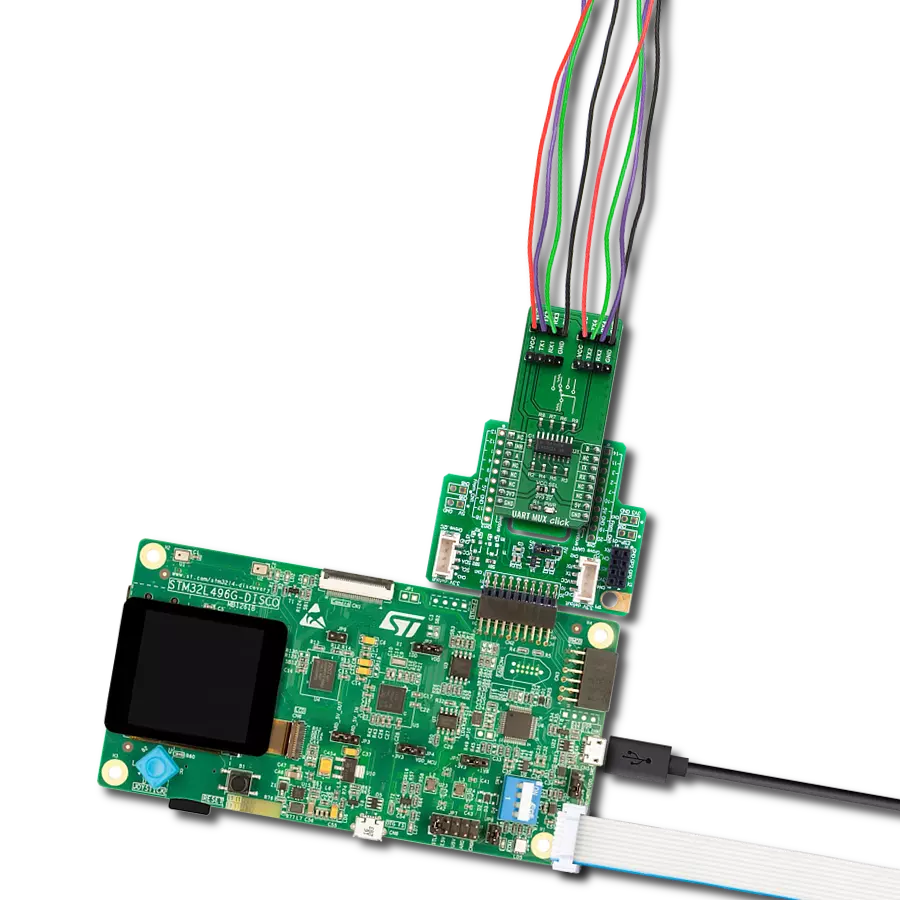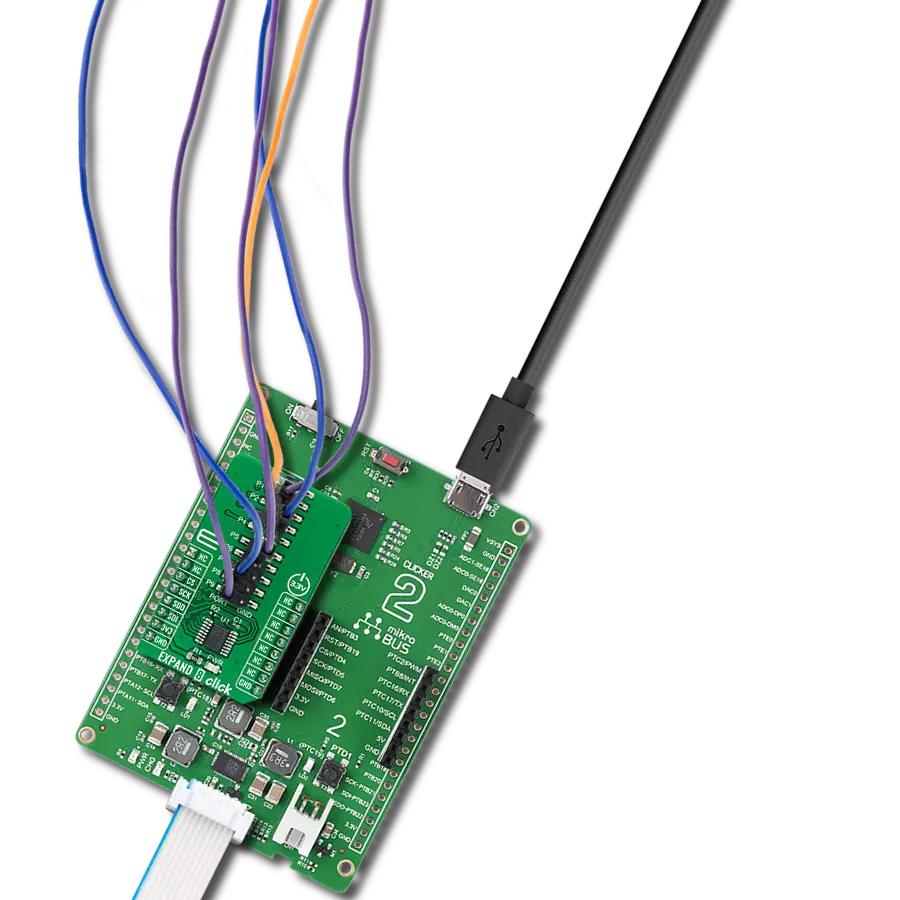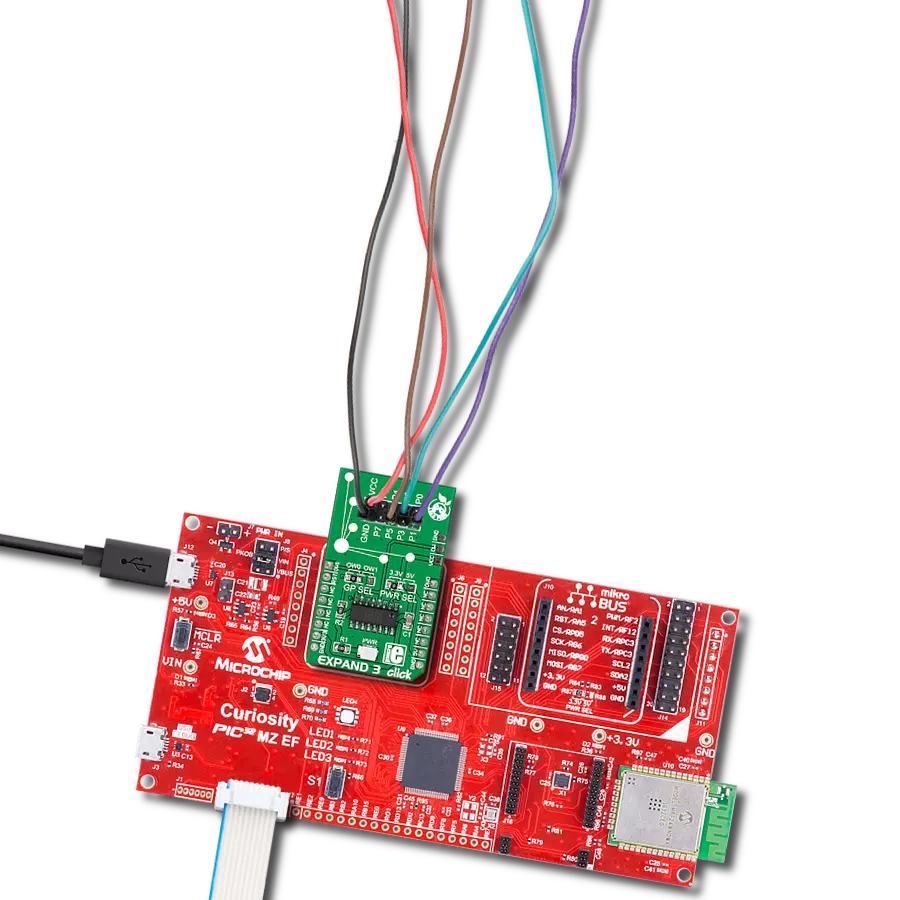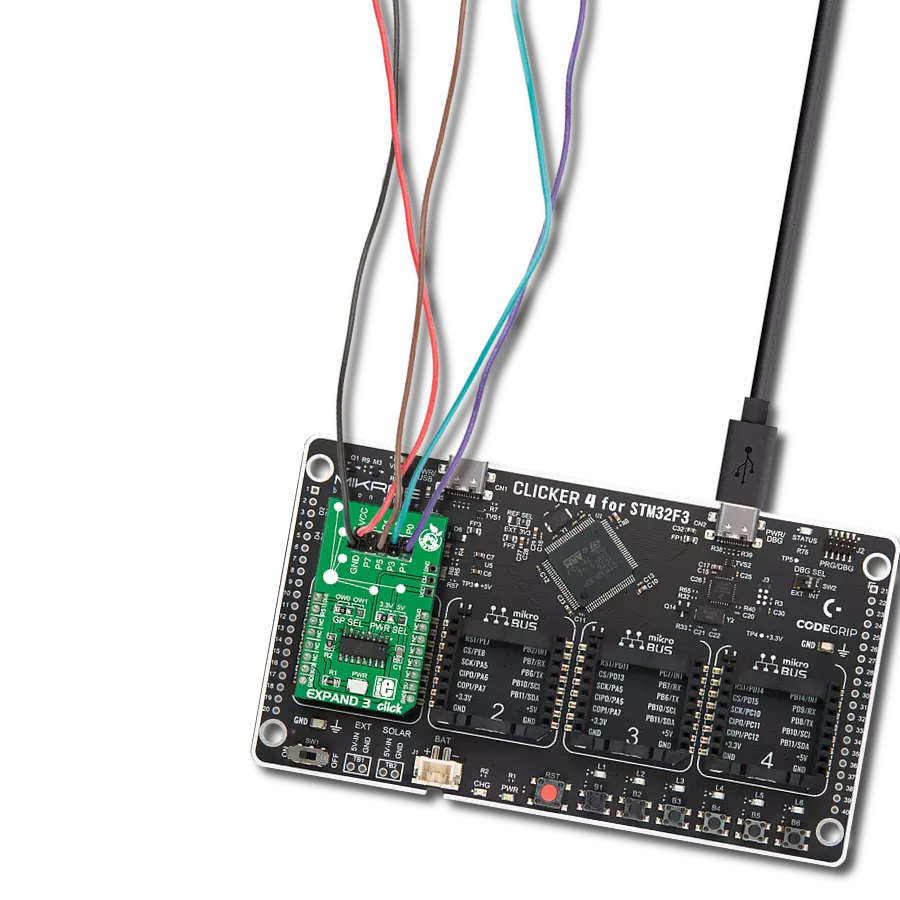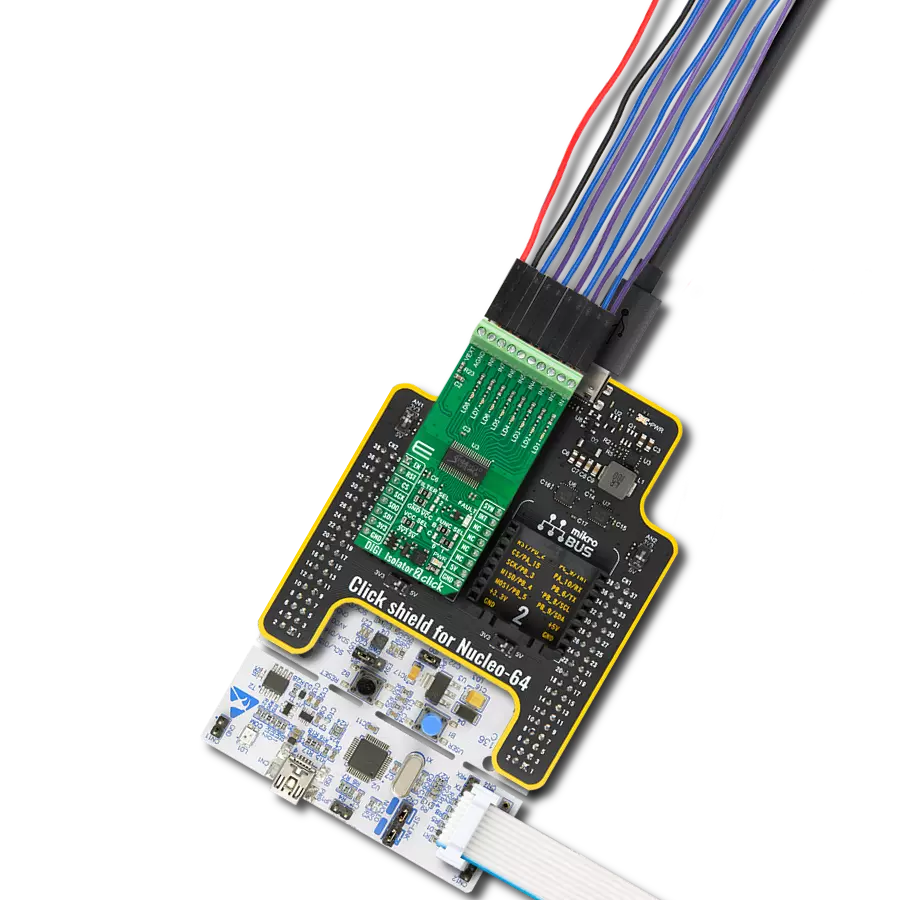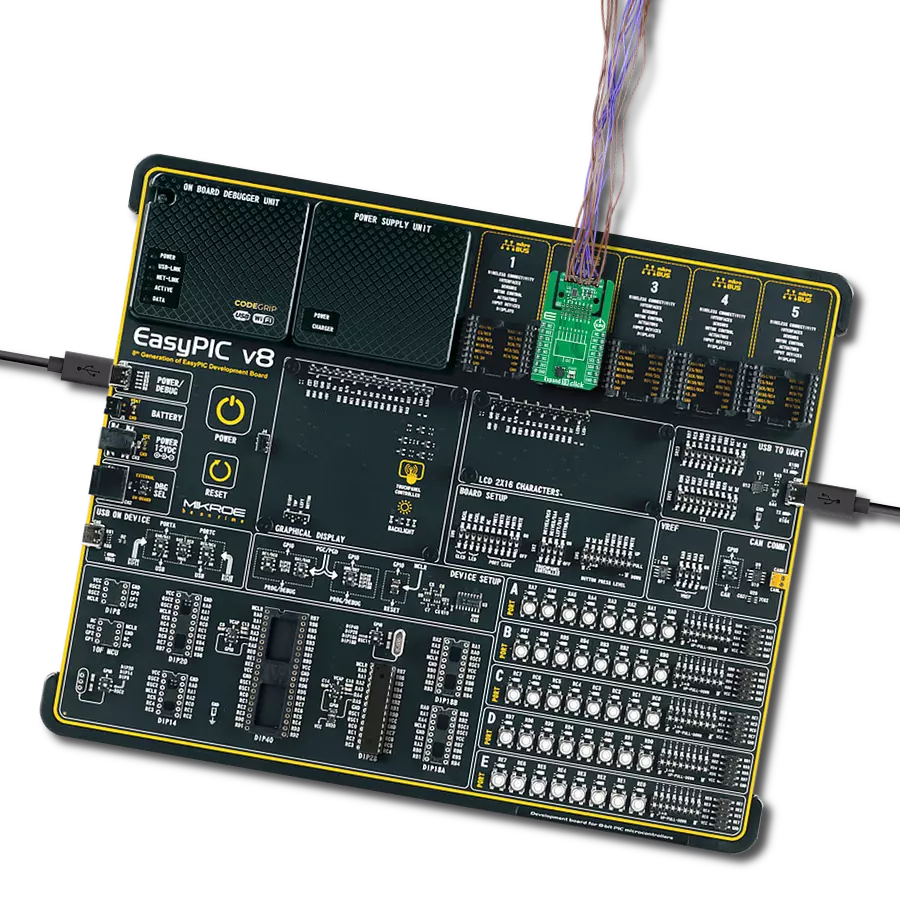Safeguard and manage isolated digital input signals in various application areas, such as programmable logic controllers and digital input modules in industrial settings
A
A
Hardware Overview
How does it work?
DIGI Isolator 2 Click is based on the ISO1228, an eight-channel isolated digital input from Texas Instruments. The ISO1228 on this Click board™ is configured in sinking type of inputs. The current drawn from the digital inputs is diverted to LEDs once the digital input crosses the input voltage threshold. This feature allows field-side LED indication with no additional power consumption. The field supply voltage ranges from 8.5 up to 36V, and besides digital inputs, it can be connected over the screw terminals. The isolator also features wire-break detection, an integrated field supply voltage monitor, a built-in CRC check across the barrier, and more. There are several settings that you can make on DIGI Isolator 2 Click. The ISO1228 supports built-in digital low-pass filters, which the software can program. You can also program it over
two FILTER SEL jumpers, which support three input states (high, low, float), resulting in 9 values. Software settings will override those on FILTER SEL. The isolator will turn the FAULT LED on if a fault condition occurs. DIGI Isolator 2 Click can use a standard 4-wire SPI serial interface to communicate with the host MCU, supporting clock frequencies of up to 25MHz. While using the SPI interface, you can reset the device over the RST pin and control the enable function over the EN pin. Whenever the data on inputs of the isolator changes, the interrupt INT pin will go Low. Whenever the information for the synchronization with the host MCU is transmitted, the SYN pin will be asserted High. The SPI interface supports the Burst mode, which can be selected over the FUNC SEL B jumper. You can also use a parallel interface
where the four SPI pins, along with the RST, SYN, and INT, will act as standard general-purpose inputs (isolator outputs). The OUT7 of the ISO1228 is also used as a Burst mode jumper. In parallel mode, you should let the FUNC SEL B jumper float. Furthermore, you can’t use the input 6 of the DIGI Isolator 2 Click board™. The selection of communication can be made over the FUNC SEL C jumper. This Click board™ can operate with either 3.3V or 5V logic voltage levels selected via the VCC SEL jumper. This way, both 3.3V and 5V capable MCUs can use the communication lines properly. Also, this Click board™ comes equipped with a library containing easy-to-use functions and an example code that can be used as a reference for further development.
Features overview
Development board
Clicker 4 for STM32F3 is a compact development board designed as a complete solution, you can use it to quickly build your own gadgets with unique functionalities. Featuring a STM32F302VCT6, four mikroBUS™ sockets for Click boards™ connectivity, power managment, and more, it represents a perfect solution for the rapid development of many different types of applications. At its core, there is a STM32F302VCT6 MCU, a powerful microcontroller by STMicroelectronics, based on the high-
performance Arm® Cortex®-M4 32-bit processor core operating at up to 168 MHz frequency. It provides sufficient processing power for the most demanding tasks, allowing Clicker 4 to adapt to any specific application requirements. Besides two 1x20 pin headers, four improved mikroBUS™ sockets represent the most distinctive connectivity feature, allowing access to a huge base of Click boards™, growing on a daily basis. Each section of Clicker 4 is clearly marked, offering an intuitive and clean interface. This makes working with the development
board much simpler and thus, faster. The usability of Clicker 4 doesn’t end with its ability to accelerate the prototyping and application development stages: it is designed as a complete solution which can be implemented directly into any project, with no additional hardware modifications required. Four mounting holes [4.2mm/0.165”] at all four corners allow simple installation by using mounting screws. For most applications, a nice stylish casing is all that is needed to turn the Clicker 4 development board into a fully functional, custom design.
Microcontroller Overview
MCU Card / MCU
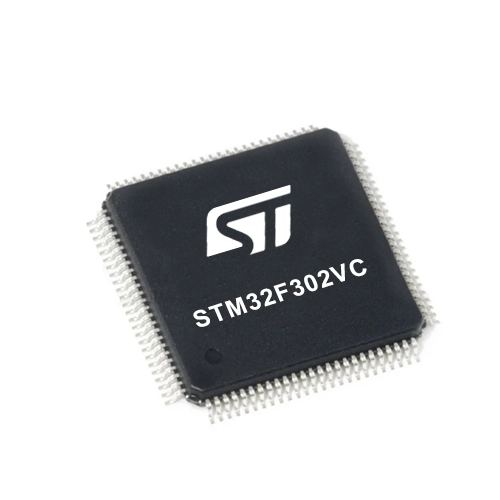
Architecture
ARM Cortex-M4
MCU Memory (KB)
256
Silicon Vendor
STMicroelectronics
Pin count
100
RAM (Bytes)
40960
Used MCU Pins
mikroBUS™ mapper
Take a closer look
Click board™ Schematic
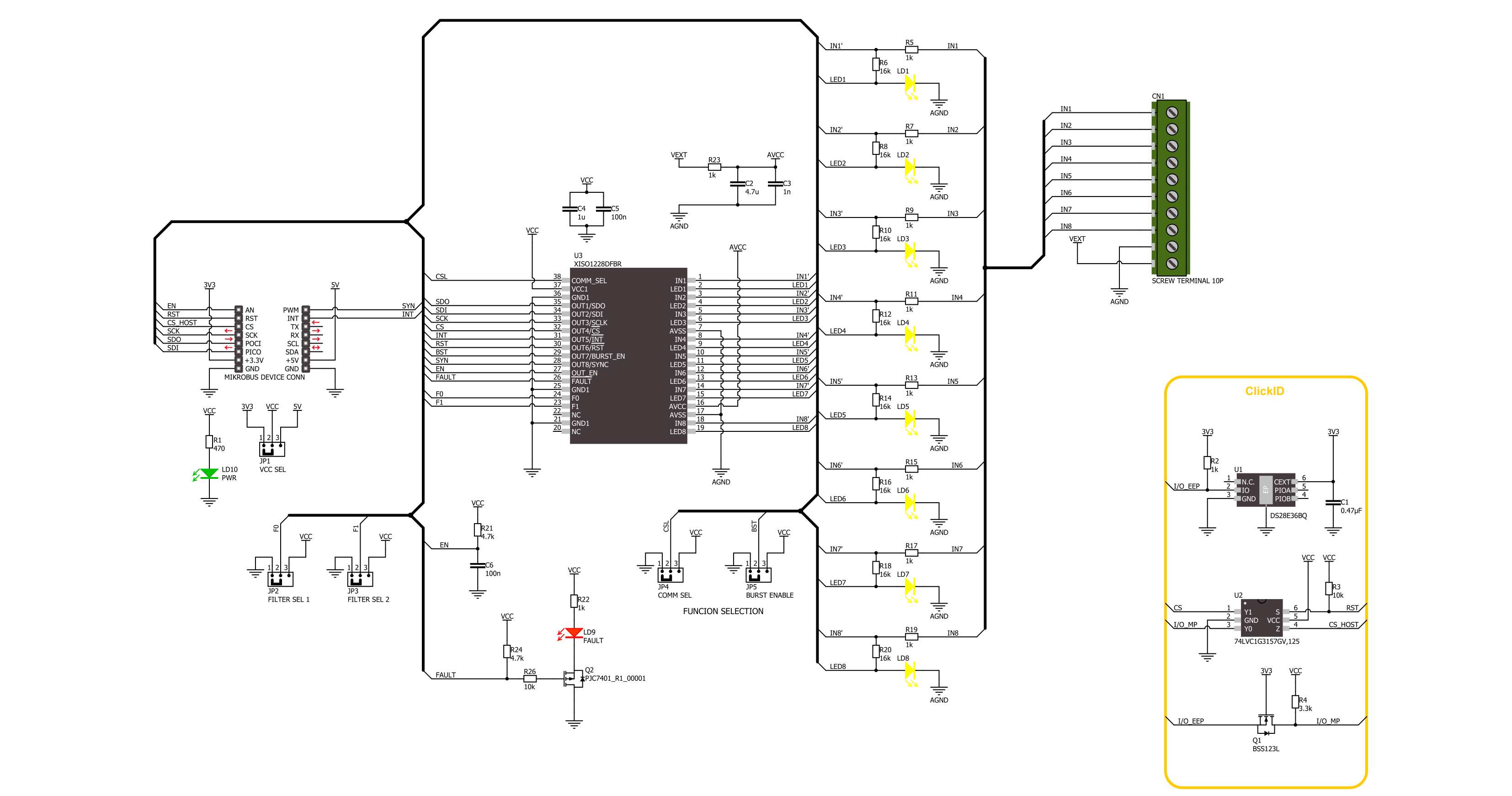
Step by step
Project assembly
Software Support
Library Description
This library contains API for DIGI Isolator 2 Click driver.
Key functions:
digiisolator2_enable_output- This function enables output by setting the EN pin to high state.digiisolator2_disable_output- This function disables output by setting the EN pin to low state.digiisolator2_read_inputs- This function reads all inputs state via the selected driver interface.
Open Source
Code example
The complete application code and a ready-to-use project are available through the NECTO Studio Package Manager for direct installation in the NECTO Studio. The application code can also be found on the MIKROE GitHub account.
/*!
* @file main.c
* @brief DIGI Isolator 2 Click example
*
* # Description
* This example demonstrates the use of DIGI Isolator 2 Click board by reading
* and displaying the state of 8 digital input channels.
*
* The demo application is composed of two sections :
*
* ## Application Init
* Initializes the driver and enables isolator outputs.
*
* ## Application Task
* Reads the state of 8 digital input channels in hex format where MSB represents
* IN8 and LSB the channel IN1. The results are displayed on the USB UART every 500ms.
*
* @author Stefan Filipovic
*
*/
#include "board.h"
#include "log.h"
#include "digiisolator2.h"
static digiisolator2_t digiisolator2;
static log_t logger;
void application_init ( void )
{
log_cfg_t log_cfg; /**< Logger config object. */
digiisolator2_cfg_t digiisolator2_cfg; /**< Click config object. */
/**
* Logger initialization.
* Default baud rate: 115200
* Default log level: LOG_LEVEL_DEBUG
* @note If USB_UART_RX and USB_UART_TX
* are defined as HAL_PIN_NC, you will
* need to define them manually for log to work.
* See @b LOG_MAP_USB_UART macro definition for detailed explanation.
*/
LOG_MAP_USB_UART( log_cfg );
log_init( &logger, &log_cfg );
log_info( &logger, " Application Init " );
// Click initialization.
digiisolator2_cfg_setup( &digiisolator2_cfg );
DIGIISOLATOR2_MAP_MIKROBUS( digiisolator2_cfg, MIKROBUS_1 );
if ( DIGIISOLATOR2_OK != digiisolator2_init( &digiisolator2, &digiisolator2_cfg ) )
{
log_error( &logger, " Communication init." );
for ( ; ; );
}
digiisolator2_enable_output( &digiisolator2 );
log_info( &logger, " Application Task " );
}
void application_task ( void )
{
uint8_t input_data = 0;
if ( DIGIISOLATOR2_OK == digiisolator2_read_inputs ( &digiisolator2, &input_data ) )
{
log_printf( &logger, " INPUT: 0x%.2X\r\n\n", ( uint16_t ) input_data );
Delay_ms ( 500 );
}
}
int main ( void )
{
/* Do not remove this line or clock might not be set correctly. */
#ifdef PREINIT_SUPPORTED
preinit();
#endif
application_init( );
for ( ; ; )
{
application_task( );
}
return 0;
}
// ------------------------------------------------------------------------ END
Additional Support
Resources
Category:Port expander
